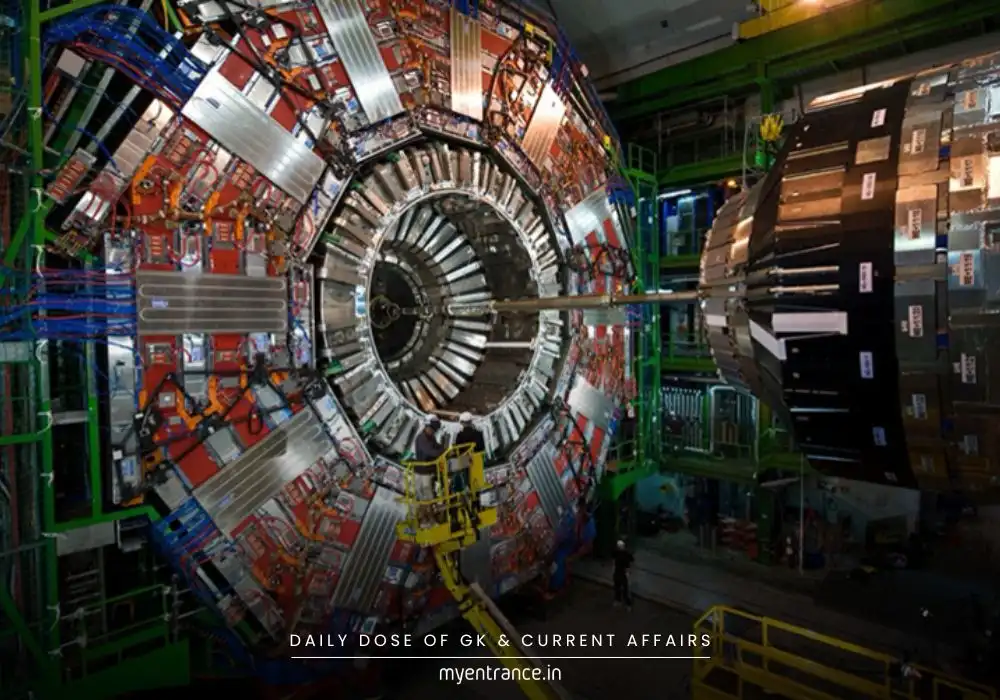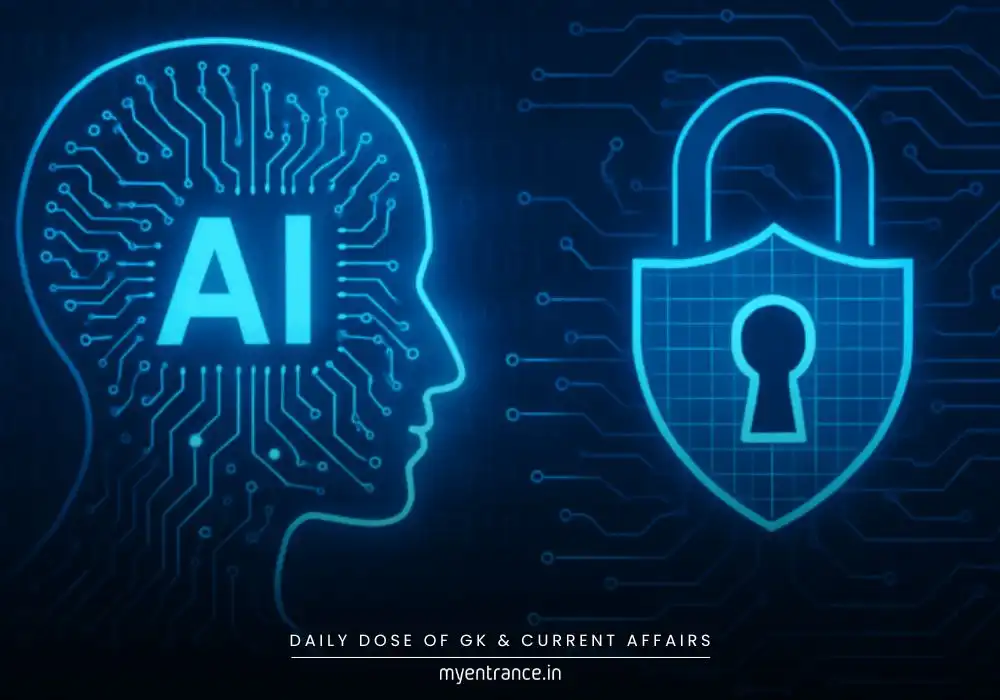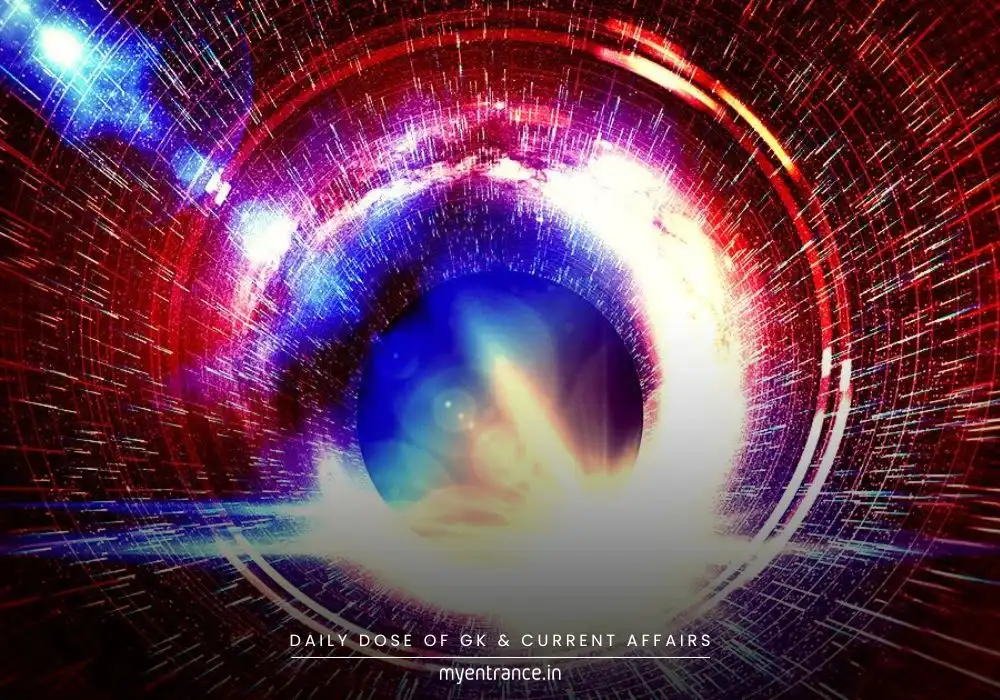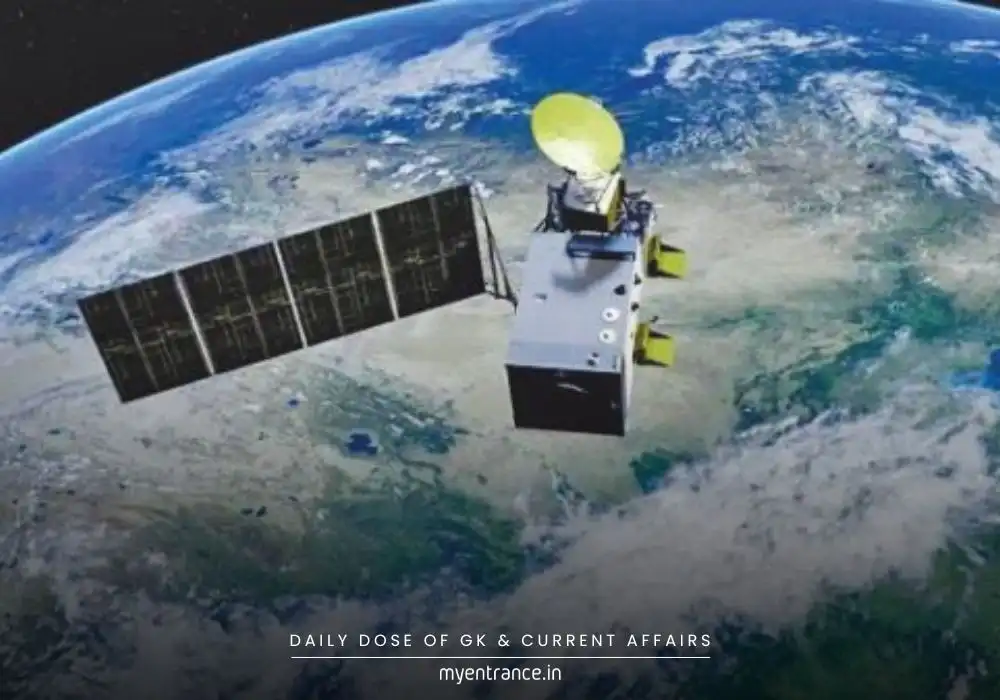Translate Language
The Mystery of Why the Universe Exists: What Did the CERN Study Reveal?
For decades, scientists have puzzled over why the universe exists at all. According to physics, the Big Bang should have created equal amounts of matter and antimatter, leading to mutual annihilation. Yet, matter dominates—and a new CERN study may finally explain why.

What Did the CERN Study Reveal?
Researchers at CERN’s LHCb experiment observed charge-parity (CP) violation in the decay of beauty baryons—particles containing a bottom quark. This asymmetry suggests that the laws of physics treat matter and antimatter differently, providing a possible explanation for why the universe survived annihilation.
Key Findings:
The study focused on beauty baryons decaying into protons, kaons (K⁻), and pions (π⁺ and π⁻).
Two different quark-level transitions were observed: bottom-to-up (b → u) and bottom-to-strange (b → s).
The decay pathways did not behave symmetrically when matter was swapped for antimatter—a clear sign of CP violation.
Why Does CP Violation Matter?
Previously, CP violation was seen only in mesons (quark-antiquark pairs). This is the first clear evidence in baryons (three-quark particles).
Without this asymmetry, the Standard Model predicts equal matter and antimatter production, leading to complete annihilation.
The findings help explain why matter prevailed, allowing galaxies, stars, and life to exist.
Questions & Answers for Competitive Exams
What is the significance of CP violation in particle physics?
Answer: CP violation explains the imbalance between matter and antimatter, providing a reason why the universe is dominated by matter instead of being completely annihilated.
What particles were studied in the CERN LHCb experiment?
Answer: The experiment analyzed beauty baryons, which contain a bottom quark, and their decay into protons, kaons, and pions.
Why was the discovery of CP violation in baryons important?
Answer: Before this, CP violation was only observed in mesons. Finding it in baryons expands our understanding of matter-antimatter asymmetry.
What would happen if matter and antimatter were perfectly symmetrical?
Answer: The universe would have annihilated itself shortly after the Big Bang, leaving no galaxies, stars, or planets.
How does the LHCb experiment contribute to our understanding of the universe?
Answer: By detecting rare particle decays and CP violation, it helps scientists unravel why matter exists in such abundance.
Get 3 Months Free Access for SSC, PSC, NIFT & NID
Boost your exam prep!
Use offer code WELCOME28 to get 3 months free subscription. Start preparing today!















